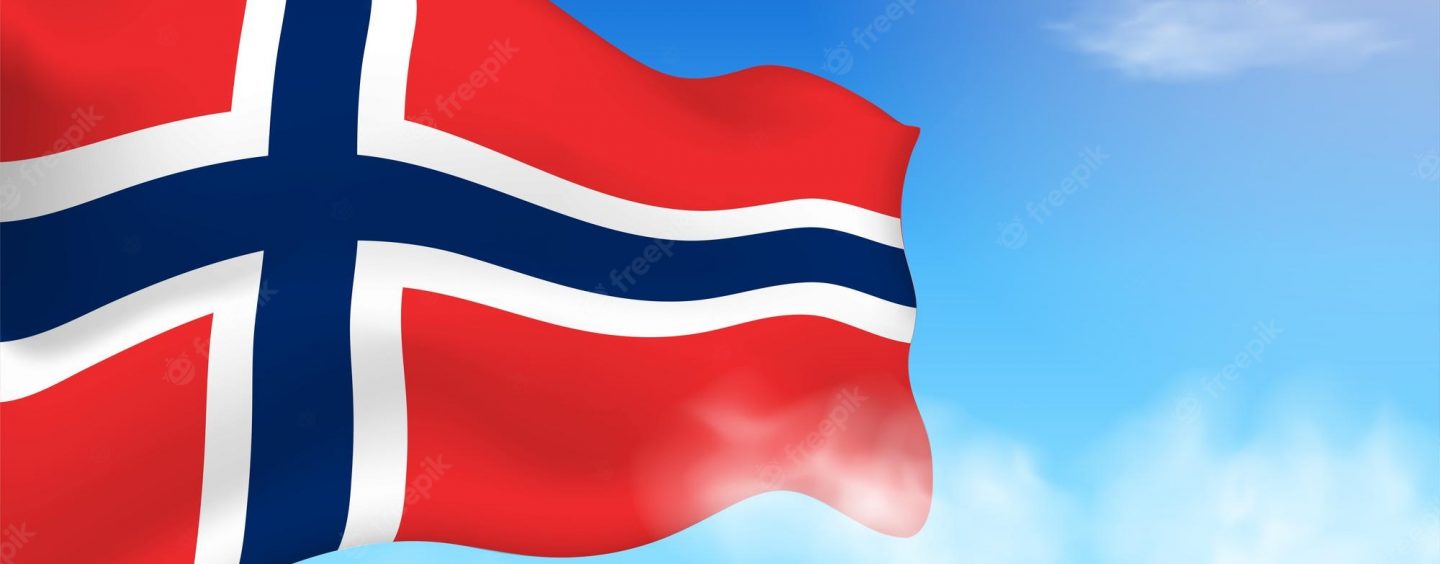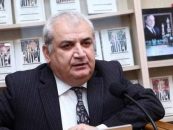By Senior lecturer Ilham Ahmadov
EDUCATION IN AZERBAIJAN. Azerbaijan has been confidently moving along the path of independence for 30 years. The Azerbaijani economy, like the economy of the Kingdom of Norway, is based on the oil and gas sector.
The future of every state depends on education, therefore, education has been declared a priority area in Azerbaijan. In 1999, reforms commenced in the education system of our country. The “Reform Program in the field of education of the Republic of Azerbaijan” was prepared and implemented in stages. The policy of turning economic potential into human capital started to be realized in the country.
Secondary education has been compulsory in Azerbaijan for 50 years. Azerbaijan has a high index in international rankings for the development of human potential. Our students often take high places in international science Olympiads. Throughout these years, more than 25 state programs for the development of education have been adopted. Over the last 20 years, about 4,000 new school buildings were built or renovated in the country. In general, about 5,000 schools, 50 universities, and hundreds of preschool, vocational and secondary educational institutions operate in the country. There are approximately 1.5 million pupils, and 250,000 students in the country.
Our higher education system joined the Bologna process in 2005, significant work has been done in the field of infrastructure development in this sector, and the material and technical base of universities have been fundamentally updated. “The State Program on reforms in the higher education system of the Republic of Azerbaijan in 2009-2013” was implemented.
In 2007-2015, the State Program was adopted, which ensures that the youth of Azerbaijan can study in prestigious universities of different countries of the world. In 2013, the “State Strategy for the Development of Education in the Republic of Azerbaijan” was approved. The implementation of the strategy has already been completed, and it has given a certain impetus to the development of education.
Along with all these achievements, there are certain problems in the country’s education. As a result of the reforms carried out in the direction of the content of education in secondary education, the content and quality of school textbooks are unsatisfactory.
Since the distance education system in the country was not established in time, the education system faced certain problems during the pandemic. Our universities are still not among the first 1,000 in the ranking of world universities.
We have problems in the implementation of the Bologna process, in the effective organization of the master’s degree, in the creation of distance education in our universities, in the digitization of education, ensuring the quality of higher education, in the creation of business universities, university-industry union, research universities, etc.
2. EDUCATION IN THE KINGDOM OF NORWAY. In the Kingdom of Norway, everyone has the right to an equal education. The slogan “education for all” forms the main line of education policy in the country. Since 1997, 10 years of education has been compulsory in the country.
About 200,000 students study in public and private higher education institutions in Norway. The vast majority of them (about 14,500 people) are supported by the Loan State Education Fund. In addition, approximately 15,000 students are assisted with higher education abroad, and up to 10,000 students are assisted with obtaining a degree or participating in an exchange program abroad.
Most higher education institutions in Norway are state-owned. The activities of all accredited institutions, including private institutions, are regulated under the same rules. In 2001, the Norwegian Parliament adopted a decision on Quality Reform in higher education.
Vocational education: Pupils who have completed the upper level of secondary education can acquire vocational education, which is considered an alternative to higher education. Students are not required to take any exams for admission to vocational education institutions. Vocational education in Norway lasts from half a year to 2 years. There are public and private vocational education institutions in the country.
Higher education: Most higher education institutions in Norway are state-owned. There are 7 universities, 7 specialized institutes at the university level, 24 state collegiate universities, two state art institutes, and 2 private collegiate universities, 31 private institutes (22 of which receive some financial assistance from the state) in the country. Of the approximately 200,000 students enrolled in higher education, 30,000 attend private colleges or universities.
The University of Oslo is the oldest and most prestigious university in Norway: This educational institution started its activity in 1811, and since 1939 it has been called the University of Oslo. Until 1946, it was the only university in the country. As one of the leading universities in the world, it is always in the Top 100 in the ranking list of world universities compiled by Quacquarelli Symonds (QS) company. Many of the university’s graduates have been awarded the Nobel Prize in different years.
The Norwegian Agency for Quality Assurance in Education implements the process of ensuring the quality of teaching in higher and vocational education institutions:
Creating lifelong learning opportunities for the elderly is one of the main priorities of education policy in Norway. The main goal is to create favorable conditions for the representatives of the older generation to strengthen their skills in accordance with their profession. Each year, approximately 15,000 students enroll in adult education programs at state universities and colleges. 70,000 people continue their education in additional training courses.
In order to better organize the education of the elderly, effective measures are implemented by the government. The government finances and encourages the activities of institutions engaged in the education of the elderly. In the country, about 20 societies engaged in the education of the elderly receive state subsidies. In Norway, special importance is attached to the involvement of non-governmental organizations and municipalities in the organization of education for the elderly.
Distance education is widespread in Norway and mainly consists of correspondence courses. Distance education in the country is mostly Internet-based. About 20,000 people graduate from distance education institutions every year.
WHAT SHOULD WE LEARN FROM NORWEGIAN EDUCATION? An overview of the education systems of these 2 countries allows us to identify certain similarities and differences. So:
• The education system of both countries has a rich history. The governments of Norway and Azerbaijan pay special attention to the development of education. Both countries are interested in using innovations in education. Young people of these countries have a serious interest in reading. Both countries focus on establishing international relations in the education sector.
• There are also different aspects of the education system of these two countries. The educational system of Azerbaijan can benefit from the educational experience of Norway. Thus, there is a need to transfer the following experience in the Norwegian education system to the Azerbaijani education system:
• Learning the experience of formation of the content of preschool and secondary education and organization of teaching.
• Studying the transition to the Bologna process in university education and the experience of digitalization of education. Studying the experience of organizing and developing distance education in universities.
• Transfer of this experience to our country considering that the Norwegian Agency for Quality Assurance in Education is established at the level of the requirements of the International Agency for Quality Assurance in Education and has rich experience in this field.
• Studying the experience of the government in order to organize the education of the elderly in Norway (wide application of online education, greater involvement of Non-Governmental Organizations in this work, etc.).
• A more detailed study of the Norwegian educational experience and its application in Azerbaijan can contribute to the development of bilateral relations between these countries by accelerating the integration of Azerbaijani education into the European educational space.






